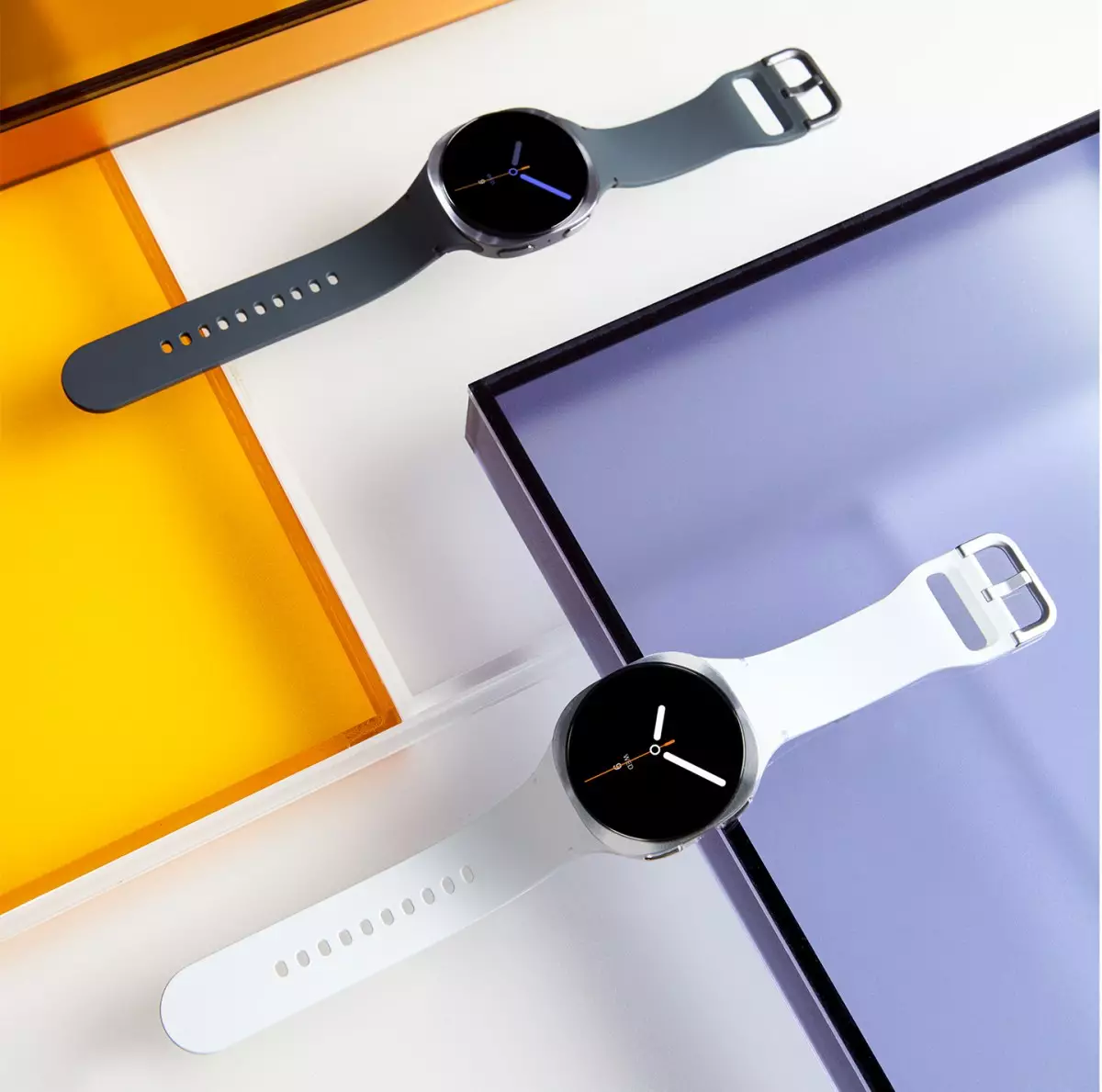Samsung’s latest unveiling of the Galaxy Watch8 marks a pivotal moment in smartwatch evolution, emphasizing both aesthetic sophistication and technological prowess. The revamped design signals a significant departure from previous models, adopting a form factor that echoes the rugged elegance of the Galaxy Watch Ultra. The visual refresh is not merely superficial; it reflects Samsung’s intent to unify its premium lineup, offering users a seamless aesthetic experience. The most striking enhancement lies in the display — a brighter, more vivid screen that reaches a peak brightness of 3,000 nits, almost 50% brighter than its predecessor. This upgrade signifies Samsung’s commitment to usability in diverse lighting conditions, ensuring that users can rely on their device outdoors or in brightly lit environments without strain or visibility issues.
The larger, clearer display facilitates more than just visibility; it enhances the overall user interface, making interactions intuitive and engaging. The introduction of a more immersive screen heightens the smartwatch’s potential as a daily companion, integrating aesthetic appeal with functional clarity. While this might seem like incremental progress on paper, it fundamentally shifts how users experience information on their wrist, blending form and function seamlessly.
Health Monitoring: A Mix of Innovation and Practical Challenges
Samsung continues to leverage its BioActive Sensor, integrating advanced health-tracking features into the Galaxy Watch8. Heart rate monitoring, EKG capabilities, and body composition analysis remain at the core, but the inclusion of features like Bedtime Guidance, Vascular Load, and an antioxidant index demonstrates an ambition to position the Watch as a comprehensive health assistant. However, the practicality of some of these features remains questionable, as they depend heavily on user-reported data and complex calculations. The risk lies in offering suggestions that may oversimplify complex biological processes or give users a false sense of security regarding their health status.
Despite this caution, these features exemplify Samsung’s vision of empowering consumers with insights that could motivate healthier habits. Yet, their effectiveness hinges on accurate data input and user engagement, which varies drastically from person to person. The challenge for Samsung is ensuring these tools remain not just gimmicks but genuinely valuable aids to everyday wellness.
Software Integration and Ecosystem Enhancements
Running on One UI 8 Watch, built atop Wear OS 6, the Galaxy Watch8 benefits from tighter integration with Google’s ecosystem, especially with the debut of Gemini, which allows voice queries without typing. This feature elevates the smartwatch beyond passive notifications, transforming it into a proactive digital assistant. Combined with Samsung’s existing suite of apps—Health, Calendar, Reminder, and Clock—this integration fosters a cohesive experience that appeals to tech-savvy users looking for seamless connectivity.
While software improvements are promising, they also highlight the growing importance of AI and voice recognition in wearable tech. Samsung’s emphasis on hands-free interactions reflects a broader industry trend but also raises questions about privacy and data security. The real test will be how well these features perform in real-world scenarios and how they evolve with user feedback over time.
Pricing and Market Strategy: Positioning for Success
Samsung’s pricing strategy underscores its confidence in the Watch8 lineup, with the base models starting at $350—an increase from previous versions—signaling a premium shift driven by the new features and design. The Classic model, priced at $500, caters to a more traditional audience desiring a classic rotating bezel and a larger display, reinforcing Samsung’s dual-market appeal. The introduction of a new Titanium Blue variant for the ultra-premium Galaxy Watch Ultra at $650 indicates a strategic push into luxury territory.
Preorders have already begun, signaling Samsung’s aggressive push to secure early market share ahead of the July 25 release in the U.S. This approach caters to early adopters and tech enthusiasts eager to experience the latest innovations firsthand. However, whether consumers will perceive the added value as justification for the price bump remains to be seen. As the smartwatch market becomes increasingly saturated, Samsung must rely on its technological edge and brand loyalty to retain its competitive position.
Samsung’s Galaxy Watch8 represents a compelling mix of aesthetic refinement, advanced health features, and ecosystem integration. Yet, its success hinges on how well these innovations translate into real-world benefits, and whether consumers perceive the upgrades as worth the premium price. The device’s evolution signals Samsung’s willingness to push boundaries, but as critics, we must question whether all features are genuinely meaningful or merely flashy add-ons in a crowded market.

